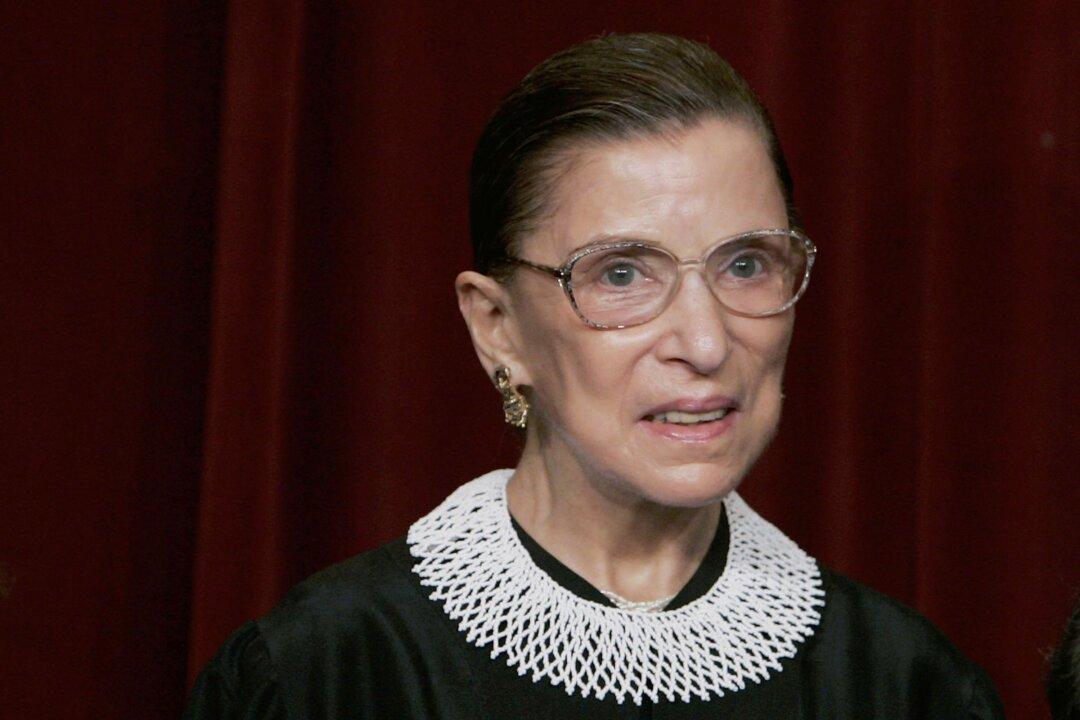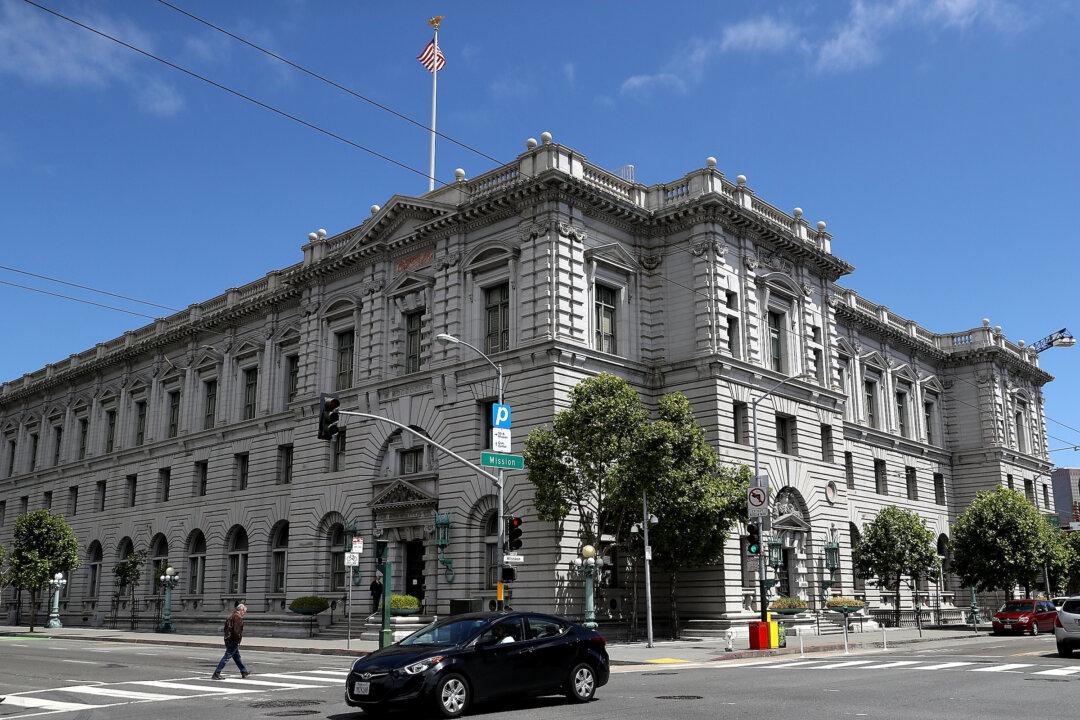Commentary
U.S. Supreme Court Associate Justice Ruth Bader Ginsburg, who died in office in 2020 at age 87, is to be featured on a commemorative Forever Stamp issued by the U.S. Postal Service. With a first-day-of-issue ceremony at Washington’s National Portrait Gallery on Oct. 2, her image, modeled on an oil painting of her wearing her black judicial robe and one of her signature lacy collars, will be available for purchase through the Postal Service’s online store.





